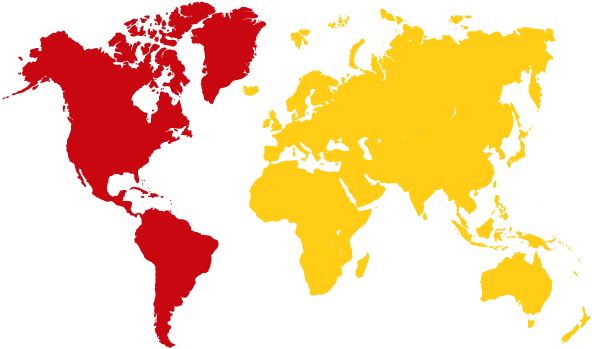Skip to the latest status and supporting material.
The 23cm band 1240 – 1300MHz is an important resource for radio amateurs interested in developing their knowledge of the technologies and properties of higher frequency microwave bands. The bandwidth available facilitates development of many applications including wide band modes such as Amateur TV and provides an entry point and springboard for the more technically and engineering minded individuals to investigate higher frequency bands above the 23cm band. It supports not only the development of the RF related aspects but also coding and signal processing techniques that are at the core of modern radio communications systems.
WRC-23 Agenda Item 9.1b is a “Review of the amateur service and the amateur-satellite service allocations in the frequency band 1 240‑1 300 MHz to determine if additional measures are required to ensure protection of the radionavigation-satellite (space-to-Earth) service operating in the same band in accordance with Resolution 774 (WRC‑19);”

There are several RNSS constellations including COMPASS, GALILEO, GLONASS and QZSS with operational spectrum in differing parts of the amateur 23cm band allocation.
The review has two elements:
“1 to perform the detailed review of the different systems and applications used in the amateur service and amateur-satellite service allocations within the frequency band 1 240‑1 300 MHz;
2 taking into account the results of the above review, to study possible technical and operational measures to ensure the protection of RNSS (space-to-Earth) receivers from the amateur and amateur-satellite services within the frequency band 1 240 – 1 300 MHz, without considering the removal of these amateur and amateur-satellite services allocations,”
This agenda item was proposed in early 2019 for WRC-23 by Europe and was opposed by the IARU in the European preparatory group. The IARU accepts that as a secondary service in the band the amateur services are duty bound to avoid creating interference to primary services (including RNSS and RADIOLOCATION) but as the issue had arisen in the context of the GALILEO system in Europe, the IARU proposed to study the topic only in CEPT. (In CEPT working groups it is a work item too). However, the European Commission insisted on the topic moving forward as a WRC agenda item. The impact of this is to bring the topic into a wider global discussion involving other global RNSS systems such as the Chinese COMPASS system and the Japanese QZSS system into the scope.
The IARU believes that the potential for wide scale interference to the RNSS services is being exaggerated and has been required to participate in all the discussions (in CEPT and ITU‑R) in order to ensure that an accurate and fact based understanding of the use of the 23cm band by the amateur services is considered in the studies. The IARU position for AI 9.1 b can be found in this document.
Within the ITU‑R, element 1 above is underway in Study Group 5, Working Party 5A. Element 2 is mainly underdevelopment in Study Group 4, Working Party 4C.



